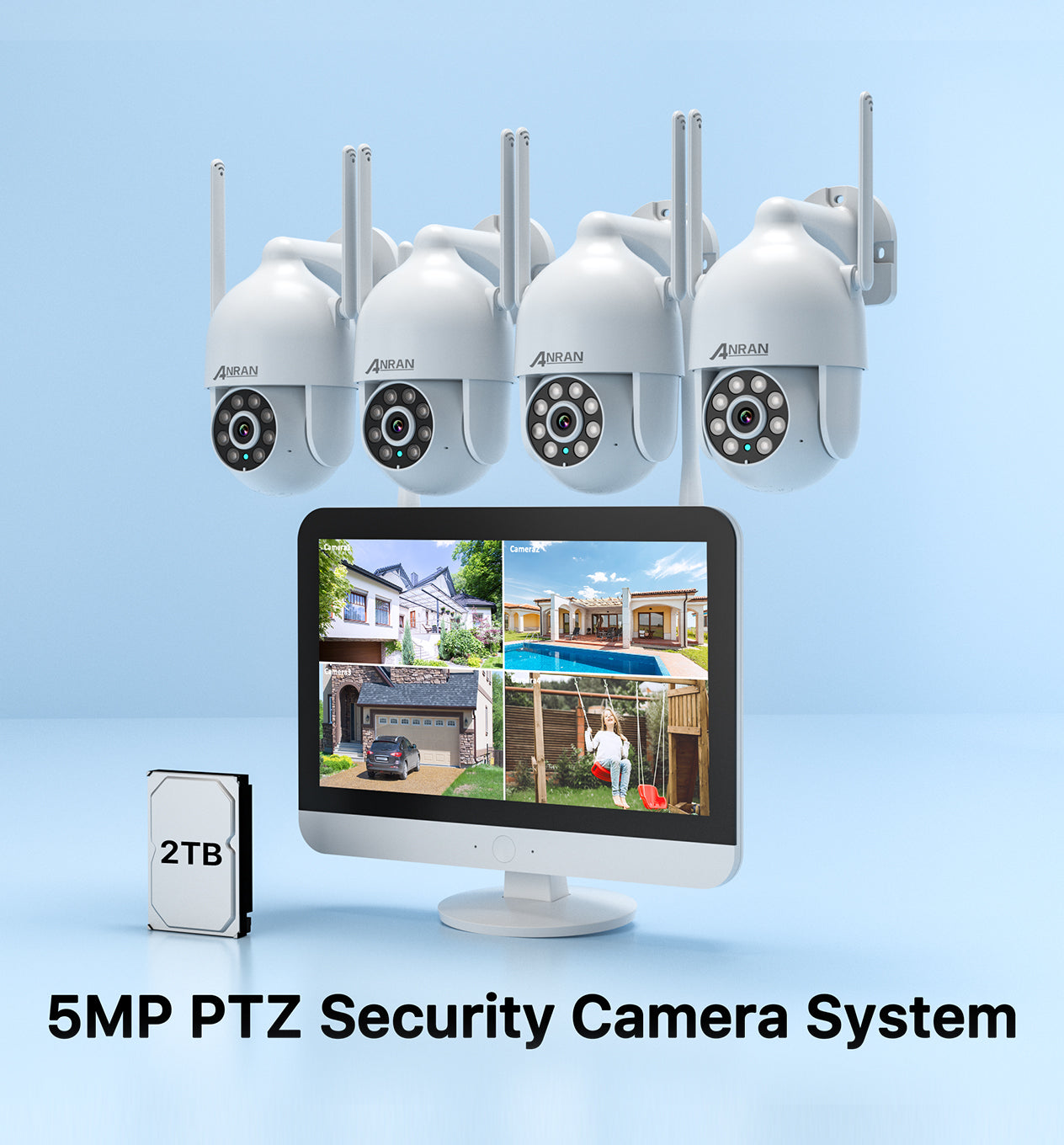The Benefits of Solar Powered Camera Systems for Remote Wildlife Monitoring
الجسم
In recent years, solar powered camera systems have emerged as a revolutionary solution for wildlife monitoring. These systems not only provide a sustainable way to observe animal behavior but also offer numerous advantages over traditional surveillance methods. This article delves into the benefits of using solar powered camera systems for remote wildlife monitoring, highlighting their efficiency, environmental impact, and ease of use.

1. Sustainability and Environmental Impact
One of the most significant advantages of solar powered camera systems is their sustainability. By harnessing solar energy, these cameras reduce reliance on traditional power sources, which often contribute to environmental degradation. This eco-friendly approach is particularly beneficial in remote areas where electricity is scarce or non-existent. Furthermore, the use of renewable energy aligns with global efforts to combat climate change, making these systems an excellent choice for environmentally conscious users.
2. Ease of Installation and Maintenance
Installing solar powered camera systems is typically straightforward, requiring minimal tools and technical expertise. Many models come with user-friendly instructions, allowing even those with limited experience to set them up effectively. Additionally, these systems often feature built-in batteries that store solar energy, ensuring continuous operation even during cloudy days or at night. This reliability means less frequent maintenance and fewer interruptions in monitoring wildlife.
3. Enhanced Surveillance Capabilities
When it comes to monitoring wildlife, having a reliable surveillance system is crucial. Solar powered camera systems often come equipped with advanced features such as high-definition video recording, night vision, and motion detection. These capabilities allow users to capture clear images and videos of wildlife in their natural habitat, providing valuable data for research and conservation efforts. Moreover, many systems offer remote access via smartphone apps, enabling users to monitor their cameras from anywhere in the world.
4. Cost-Effectiveness in the Long Run
While the initial investment in solar powered camera systems may be higher than traditional cameras, the long-term savings can be substantial. By eliminating the need for electrical wiring and reducing energy costs, users can recoup their investment over time. Additionally, the durability and low maintenance requirements of these systems contribute to their cost-effectiveness, making them a wise choice for both amateur and professional wildlife enthusiasts.
Conclusion
In conclusion, solar powered camera systems offer a multitude of benefits for remote wildlife monitoring. Their sustainability, ease of installation, enhanced surveillance capabilities, and long-term cost-effectiveness make them an ideal choice for anyone interested in observing and studying wildlife. If you are considering upgrading your monitoring system, explore the options available at  to find the perfect solution for your needs.
to find the perfect solution for your needs.











تعليقات